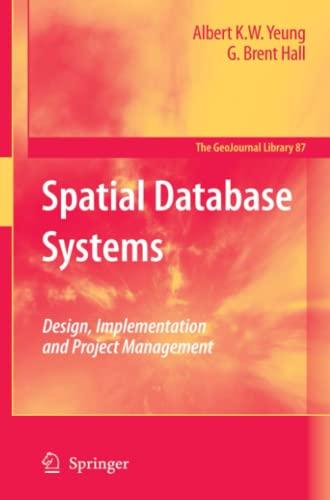
Q 2 A factory has different categories of machines such as lathe machines, turning machines, drilling machines, soldering machines, etc. The factory can have different number of machines from each category such as 200 lathe machines, 50 drilling machines, etc. These machines require frequent adjustments and repair. Each category of machine falls uniformly after continuous operation and the failure profile of the different categories of machines is given by its mean time to failure(MTTF). A certain number of adjusters are employed to keep the machine running. The adjusters have expertise in maintaining different categories of machines. An adjuster may be expert in maintaining more than one type of machine. A service manager coordinates the activities of the adjusters. The service manager maintains a queue of inoperative machine. If there are machines waiting to be repaired, the service to the service manager assigns the machine at the front of the queue to the next machine that breaks down. At any given time, one of the two queues will be empty. Thus, the service manager needs to maintain only a single queue, which when it is not empty contains only machines or only adjusters. The factory management wishes to get as much as possible out of the machines is up and running and the adjuster utilization- the percentage of time an adjuster is busy. The goal of our simulation is then to see how the average machine and adjuster utilizing depend on such factory as the number of machines, the number of adjusters, the reliability of the machines in terms of mean time to failure(MTTF). This software would be used by different factories to determine the optimum number of adjusters that they should employ. c) Suppose an untested program was determined to contain 640 bugs. Three different testing techniques were applied to test the code. Each testing technique is effective to detect 50% of the bugs that exist before the concerned testing technique is applied. While fixing a bug after the application of a test strategy, there is a 50% chance of creating another bug. How many bugs would exist in the code after the three testing and bug-fix cycles have been carried out







